The most powerful earthquake on the surface of the red planet left aftershocks that lasted for six hours and was detected by NASA's InSight station.
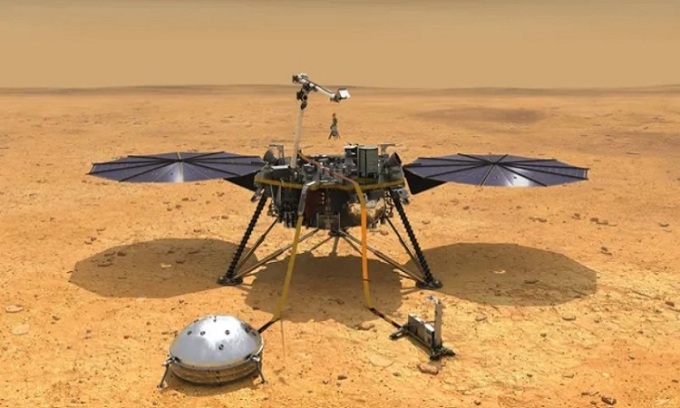
Simulation of the InSight station operating on the surface of Mars. Photo: NASA
The most powerful quake that shook Mars was not caused by an asteroid impact but by tectonic forces deep inside the Earth, according to a new study published on October 17 in the journal Geophysical Research Letters, suggesting that the Red Planet is more seismically active than previously thought.
On May 4, 2022, NASA's now-defunct InSight lander recorded a magnitude 4.7 earthquake, five times stronger than the previous record of 4.2, which InSight measured in 2021. Unlike most Martian quakes that stop within an hour, aftershocks from this summer's quake continued for six hours, making it the strongest and longest quake ever recorded on another planet.
After landing in the Elysium Planitia plains on Mars in November 2018, the InSight station recorded more than 1,300 quakes, at least eight of which were caused by asteroid impacts. The May 2022 quake, measured by the station's highly sensitive seismometer, was similar to those caused by asteroid impacts, so scientists began looking for a new 300-meter-wide crater and a dust plume, both of which would have appeared shortly after an asteroid impact. Teams in India, China, Europe, and the United Arab Emirates searched for these signs using their Mars orbiters, but were unsuccessful. That's why, after months of searching, scientists concluded that the quake was tectonic in origin.
Unlike Earth, Mars is too small and too cold to have tectonics. Earth’s tectonic plates, large irregularly shaped masses of rock with boundaries buried beneath the ocean, move due to forces in the mantle (between the crust and the core), often leading to landslides and earthquakes. However, the surface of Mars does not rupture in the same way as Earth’s, so researchers think plate tectonics do not occur on the red planet. Instead, the earthquakes detected by InSight are likely caused by the release of billions of years of pressure within the Martian crust. This pressure builds and grows as different parts of the planet cool and contract at different rates.
"We don't yet fully understand why some parts of the planet seem to have higher pressures than others, but we're going to dig deeper. One day, this information could help us determine where it's safe for humans to live on Mars and where they should avoid it," said Benjamin Fernando, a postdoctoral fellow at the University of Oxford in the UK.
An Khang (According to Space )
Source link


![[Photo] Prime Minister Pham Minh Chinh works with the Standing Committee of Thai Binh Provincial Party Committee](https://vphoto.vietnam.vn/thumb/1200x675/vietnam/resource/IMAGE/2025/5/12/f514ab990c544e05a446f77bba59c7d1)

![[Photo] Prime Minister Pham Minh Chinh receives Swedish Minister of International Development Cooperation and Foreign Trade](https://vphoto.vietnam.vn/thumb/1200x675/vietnam/resource/IMAGE/2025/5/12/ae50d0bb57584fd1bbe1cd77d9ad6d97)


![[Photo] Prime Minister Pham Minh Chinh starts construction of vital highway through Thai Binh and Nam Dinh](https://vphoto.vietnam.vn/thumb/1200x675/vietnam/resource/IMAGE/2025/5/12/52d98584ccea4c8dbf7c7f7484433af5)
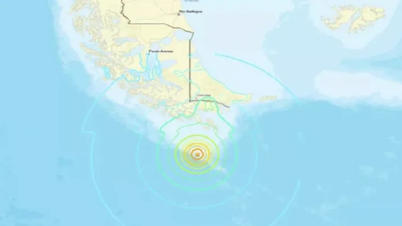

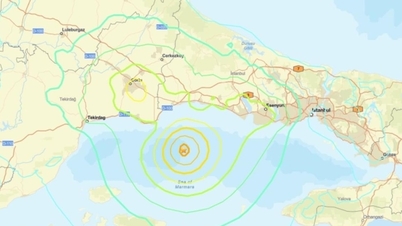




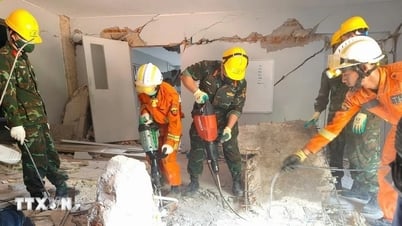




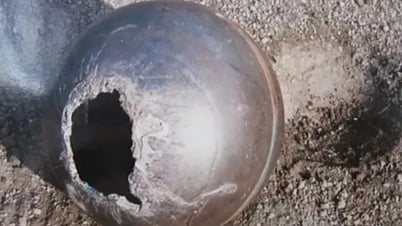
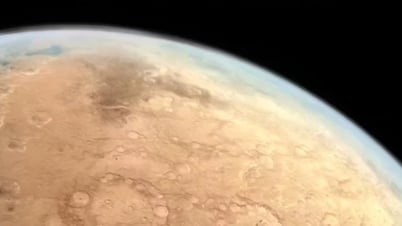


































































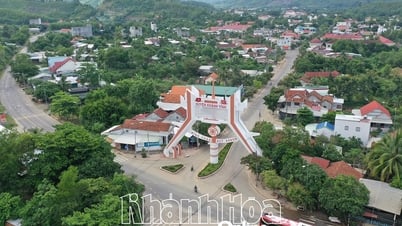










Comment (0)